Porcelain Veneers SPECIAL
Get $1000 Off
- Your smile in just one week.
- Design the shape, size, and color of your teeth
- Financing is Available with 0% interest.
- You can see the final result before making your decision
NEW PATIENTS ONLY
LIMITED-TIME SPECIAL OFFER
TREATMENT TIMELINE
YOUR TREATMENT IN 1 WEEK
1
VIRTUAL CONSULTATION
- Consultation with a doctor.
- Take photos
- Explore financing options
- Book surgery date
VENEERS CONSULTATION
- In-depth examination
- X-rays
- Digital Images
- Temporary Veneers
2


3
SMILE MAKEOVER DAY
- You’ll have a custom-fit smile with permanent veneers!
BEFORE AND AFTER
Porcelain veneers before and after
Porcelain veneers (and veneers in general) can be an important resource both from a functional and aesthetic point of view. Very often they help people regain oral function, or confidence in the appearance of their teeth. However, from a cosmetic point of view, it must be said that one should not be obsessed with the whiteness of the teeth, because no tooth is completely white. Not everyone has to have dental veneers placed for purely aesthetic reasons.
Normally for anyone (use veneers or not) at least one annual visit to the dentist is recommended. In cases of placement of porcelain veneers of any type, practically the recommendation is the same as for any person. This only changes when it comes to composite or resin veneers, in which visits to the dentist become almost mandatory (once or twice a year, depending on the case).
SMILING IS COOL. 😉
ABOUT OUR DOCTOR

Dr. Helen Carmenate
Dr. Carmenate attended Ibero-American University in the Dominican Republic, graduating with an Undergraduate Degree in Dentistry before moving to Miami to complete her General Practice Residency at Florida Institute for Advanced Dental Education (FLIADE).
She specializes in smile design, restorative and cosmetic dentistry.
COST
Porcelain Veneers Cost in Miami
With such high popularity, it is not surprising that people inquire about the cost of porcelain veneers in Miami. Of course, the prices that we will give are relative or approximate, since they will depend on each clinic.
So: How much do porcelain veneers cost per tooth? According to the AACD study cited above, the average price of any dental veneer placement procedure (porcelain or not) is $1,253.54. But let’s look specifically at the cost of porcelain veneers.
So that the reader or potential client can have a clearer understanding of the prices of porcelain veneers in Miami, let’s put them in relation to the prices of other of the most requested dental veneers, which are composite or resin. Let’s now look at the prices alone, since later in this article we will see a comparative table of the characteristics of these two types of veneers.
- Porcelain veneers in Miami range in cost from $925 to $2,500 for each tooth. Once placed, porcelain veneers last between 10 and 15 years.
- Composite veneers in Miami range in cost from $250 to $1,500 for each tooth. They have a duration of 5 to 7 years.
As noted in the prices, the variation can be high. This price variation depends on several factors, such as:
- The level of work each denture requires to fit the veneers, and the number of teeth to be treated.
- Whether it is clinics located in large urban areas of Miami, in suburban areas, or in small towns.
- The type of porcelain veneer (ie, the type of porcelain) that will be placed on the patient. There are even porcelain veneers from patented brands of recognized quality.
- The level of expertise of the laboratory technicians in the manufacture of the pieces based on molds taken from the patient’s teeth, and the level of the professional and technical staff that places them on the teeth.
Cost of porcelain veneers with insurance
Something to talk about is the cost of porcelain veneers with insurance, which is a topic that people frequently inquire about. The first thing to say is that normal medical insurance does not cover aesthetic procedures, so porcelain dental veneers are excluded in cosmetic terms, and the insurance only applies in cases of dental trauma, fractures, and some types of corrections which are functional. However, there are dental insurance policies that do cover aesthetic procedures. The patient themself should find out if this is the case with their insurance, and if it is not his case, take out insurance that does cover cosmetic procedures.
PROCEDURE
Porcelain Veneers Procedure

Before manufacturing, samples of the patient’s teeth are taken in the clinic, with the aim of customizing the veneers as much as possible in terms of shape and color. This is accompanied by a choice of the color of the veneers by the patient, fully assisted by the dentist who will perform the work. For this, the porcelain veneer color chart is used. The choice of color is made with great care, since this seeks to replicate the naturalness of the smile.
Once the veneers are already manufactured, it is time to adapt the teeth to place them. This is done through a procedure of wearing down the enamel of the tooth, to make room for the veneer. The veneer, so to speak, comes to replace the natural enamel. The thinner the veneer, the less tooth wear you will need. For example, normal porcelain veneers are slightly thicker than zirconium veneers, especially lithium disilicate veneers.
When the teeth that are going to be veneered with the veneers are duly worn, the aesthetic dentistry specialist proceeds to glue each veneer on the corresponding tooth, using special, non-toxic, and highly durable resins or adhesives.
RESOURCE
What are porcelain veneers

Here we will explain what porcelain veneers are, the main types of dental veneers that exist today, what the benefits of porcelain veneers are (including the advantages and disadvantages of porcelain veneers ), how long do porcelain veneers last once installed, and even the costs, and much more. So if you read this article to the end, you will become an expert on the subject.
Before we say what porcelain veneers are, we have to say what dental veneers are in general. Dental veneers (which in Miami are also called “dental veneers” or “cosmetic veneers”) are permanent dental restoration procedures. It is applied mainly to visible teeth and is based on covering the front part of the teeth with sheets of certain materials that have an appearance very similar to natural tooth enamel. Dental veneers can be placed on one or several teeth, as the patient needs or decides.
The function of dental veneers can be to correct some pathologies that have destroyed the teeth, such as:
- Cavities
- Restoration of previous errors
- Changes in color or shape of the teeth
- Bruxism (clenching the teeth together)
- Fractures and dental trauma
- Lack of natural enamel (dental hypoplasia)
TYPES
Types of Dental Veneers

Basically there are currently 4 types of dental veneers, which are the ones that are actually used. In this section we will look at the types of veneers from the point of view of the material with which they are manufactured. There are other points of view to classify them that we will not examine here, such as the way they are manufactured, the relationship between the veneers and the lips, the space between teeth, etc.
In addition to these four main types of dental veneers that we will now look at, there are others that we will mention at the end, but that are used less and less frequently due to their inefficiency and poor durability. The 4 types of dental veneers that are most used today are the following:
1) Porcelain veneers
Porcelain veneers are the most frequently fitted. This is due to its adequate strength, resistance, and appearance, perfectly comparable to that of natural tooth enamel. They are made in the laboratory using porcelain, from samples taken from the patient’s teeth in the clinic. Once they are made, a veneer is placed on each tooth by applying a special adhesive.
In a single session, all the necessary porcelain veneers can be fitted, and that is an advantage over other types of veneers or aesthetic dentistry treatments. Porcelain veneers require tooth carving because only then do they exactly take the place of the enamel and look natural (otherwise they would stand out too much). There are different thicknesses of porcelain veneers. There are normal thickness ones, but there are extra-thin ones, which require a minimum of tooth carving and look very natural.
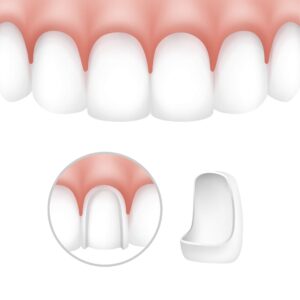
When they are already in place, their color and texture are so similar to those of natural teeth, and their comfort is so remarkable, that many patients testify that they forget they have veneers because it is as if they were the natural enamel of their teeth. However, everything has advantages and disadvantages. The main disadvantages of porcelain veneers are:
- They have a minimal risk of breaking if the user bites into foods that are very hard or require too much chewing.
- That its cost is higher than that of composite ones (as we will see in detail later).
- And that to place them it is necessary to subject the tooth to a process of enamel wear that is irreversible.
Despite the drawbacks, and since once in place, they can last up to 15 years or more, many people consider porcelain veneers to be the best investment in terms of dental restoration or cosmetics.
In a specialized cosmetic dentistry procedure such as the placement of porcelain dental veneers, of course, the choice of color is also very important. This is why there is what is called a porcelain veneer color chart, thanks to which the patient (fully assisted by the specialist in aesthetic dentistry) chooses the color or shade of the porcelain veneers that are going to be in place.
2) Composite or composite resin veneers
Composite veneers are also called “ceramic veneers”, although in Miami they are mostly known as “composite resin veneers”. They are the cheapest option for veneers, but also the least durable. Once fitted, they can last from 5 to 7 years, as long as the care guidelines are followed, which include the recommendation to visit the dentist 1 to 2 times a year.
They are made from a combination of synthetic resins (hence their name “composite resin” or “composite”). They differ from porcelain veneers in that they are not made in the laboratory, but at the same time, they are placed on the teeth. They are applied as a thin layer on the tooth or teeth and shaped before the resin dries. That is why, if the treatment is to be applied to several teeth, more than one session may be necessary.
3) Zirconia veneers
Zirconium or zirconia veneers are currently not as well known as porcelain veneers, but they are being used more and more every day. Like porcelain ones, they are manufactured in the laboratory, using zirconium oxide crystals, after taking samples from the patient’s teeth. After this, a veneer is placed on each tooth, thanks to special adhesives.
Due to the way they are manufactured, they can be considered a subtype of porcelain veneers. The strength and durability of zirconium veneers are remarkable: their useful life exceeds 15 years. However, their most notable advantage is that they are translucent, so that they assume the natural coloration of the person’s teeth, with great realism.
All of these notable advantages of zirconium veneers make them one of the most expensive. Increasingly, however, they are the choice of patients. For more details on this subject, we recommend reading a magnificent study by the Frontiers publishing house , devoted entirely to the characteristics, advantages, biological, adhesive, and aesthetic properties of zirconium in reconstructive dentistry.
4) Lithium disilicate veneers
Similar to zirconia veneers, lithium disilicate veneers can be considered a subtype of porcelain veneers. However, given their notable differences, it is convenient to talk about them separately.
Lithium disilicate veneers are, together with zirconium veneers, considered highly aesthetic veneers. Its extremely fine finish without losing its resistance is of maximum naturalness and allows practically no need to carve the enamel of the teeth to place them. Its duration is the longest known: from 20 to 30 years. This also determines that they are the highest priced so far.
Other types of dental veneers
In addition to the four main types of dental veneers, there are other types, much less frequently used, some of which we will mention below. An interesting fact is that these types of little-used dental veneers are more frequently used among English-speaking patients than among Spanish-speaking ones:
- Acrylic veneers: They are practically discontinued, since they have lower quality and durability even than composite ones.
- Mac veneers: They are not very durable. But they are used in specific cases, since their material is especially resistant to stains.
A separate mention deserves the so-called “nano ceramic” or “nano particle” veneers, which are still little used but not because of low quality, quite the opposite. These veneers are made of a new generation material, which is highly resistant and with a remarkable variety of shades. Its great benefits, as well as its novelty, means that its price is still too high for these veneers to be popular.
COMPOSITE VS PORCELAIN
Composite Veneers vs Porcelain Veneers

Since porcelain and composite veneers are the most used, it is best to take advantage of this to make a comparison between both types of veneers. As we know, contrasting is one of the most effective procedures when it comes to gaining understanding about anything. And for more practical compression, let’s do the comparison on a synthetic board.
COMPARISON TABLE OF COMPOSITE VENEERS VS PORCELAIN VENEERS |
||
| CHARACTERISTIC | Porcelain veneers | Composite veneers |
| Price | Between 925 and 2,500 USD for each placed veneer. | Between 250 and 1,500 USD for each veneer placed. |
| Who is a good candidate to use them | They are recommended in any case (especially in adults) in which it is necessary to repair dental trauma or perform aesthetic procedures. Placement in minors is not recommended. | They are recommended for anyone. But if it is required to place veneers in children, these are the most recommended. They are also ideal if the patient does not tolerate tooth wear for placement. |
| Main advantages and disadvantages | Its main advantages are its durability and its practically natural appearance. Its main disadvantage is that to put them on you have to wear down the tooth enamel irreversibly. | Its main advantages are its low price and the fact that it almost never requires grinding of the teeth. Its disadvantages are its low durability, and its coloration different from natural enamel. |
| Esthetic | Their coloration is practically identical to natural enamel, and they do not darken over time. It is not noticeable that they are worn. | Their color is not identical to natural enamel, and they can usually darken or change color over time and start to show. |
| Manufacturing | They are manufactured with porcelain in the laboratory, for which personalized samples of the patient’s teeth are previously taken and a previous design is made according to their expectations. | They are made with a mixture of resins at the time of placement (although samples of the teeth are previously taken), and they are shaped during placement before they dry. |
| Placement time | They are placed one by one on the corresponding tooth, which, with few exceptions, is done during a single session in the dental clinic. | The resin is applied to each tooth to be treated, and it must be shaped at the time. If there are several teeth, it may take more than one session at the clinic. |
| Tooth wear | They require some level of tooth wear to look natural. The thinner the veneer, the less tooth wear it will require to place it. | They do not require any wear of teeth to place them. Except for some exceptional cases, in which a minimum wear of the tooth is required. |
| Durability | They usually last between 10 and 15 years, if the same care measures are followed as for a natural denture. | Typically, they last between 5 and 7 years, if normal care measures are followed and a visit to the dentist is made at least once a year. |
| Resistance | They are slightly more brittle than composite or resin ones, but if they are not subjected to strong bites, they do not break. | They are not brittle, but the resin does not have the same level of adhesion to the teeth as porcelain veneers. |
| Comfort | They are highly comfortable, to the point that the patient forgets that they are wearing them. But at first they can bother a little due to wear or tooth sensitivity. | They are normally comfortable. Some patients may feel that they have an addition on the tooth, but others do not experience that strangeness. |
| Tracing | They do not require medical follow-up, although it is recommended to visit the dentist normally. | Although they do not require medical follow-up, 1 or 2 annual visits to the dentist are recommended. |
CANDIDATE
Who is a good candidate to get Porcelain Veneers

Also, it must be said, not all dental veneers are suitable for all people. The type of dental veneers suitable for a person can depend on factors such as:
- The age (if it is a child, an adult or an older adult).
- The purchasing power of the potential patient.
- The state of the natural teeth on which the veneers are going to be placed, that is, if the veneers are not really necessary.
- In the case of partially edentulous patients, in which case it will be necessary to resort to another treatment, such as implants, prostheses, crowns, etc.
- The level of need for correction and dental adaptation required to place the veneers.
The age (if it is a child, an adult or an older adult).
The purchasing power of the potential patient.
The state of the natural teeth on which the veneers are going to be placed, that is, if the veneers are not really necessary.
In the case of partially edentulous patients, in which case it will be necessary to resort to another treatment, such as implants, prostheses, crowns, etc.
The level of need for correction and dental adaptation required to place the veneers.
- The need to restore teeth after traumatic or wear-and-tear processes, such as cavities, bruxism (grinding or clenching of teeth), blows, cracks or dental fractures.
- When it is necessary to correct the effects of dental hypoplasia, which is the name given to the disorder that causes the absence of natural enamel on the teeth.
- Whenever it is necessary to promote the alignment of the teeth, with which it is possible to match the occlusion (that is, the bite) and chewing, which are the first steps of the correct digestion of food.
- When people are not comfortable with the appearance, color or space between their teeth, and want to have a new “smile design”.
More interesting details about porcelain veneers
As in this article we are referring to porcelain veneers (specifically in Miami), let’s put a little emphasis on this type of veneer so requested by patients in dental clinics. So, from the point of view of this article, these questions should be asked:
How long do porcelain veneers last?
The duration of dental veneers depends to a certain extent on the material used, and on the different qualities that there may be of the same material. However, the duration will also depend on other factors, such as:
- The level of care and hygiene of the user.
- Whether or not he chews hard foods and how often.
- If the veneers receive any trauma, blow or fracture.
- If the patient frequently consumes acidic or strong foods.
- If the person who uses the veneers smokes or consumes alcohol frequently.
However, the material is always important in the duration of the veneers. More traditional porcelain veneers (they aren’t that old, and are only traditional to the newer porcelain veneers), tend to last between 10 and 15 years.
As we have reiterated throughout this article, zirconia and lithium disilicate veneers can be considered porcelain veneers, so we will also talk about their duration here. As a general rule, zirconium veneers tend to last more than 15 years, and up to 20. For their part, lithium disilicate veneers, as we have already said, are the most durable: they have a useful life of 20 to 30 years.
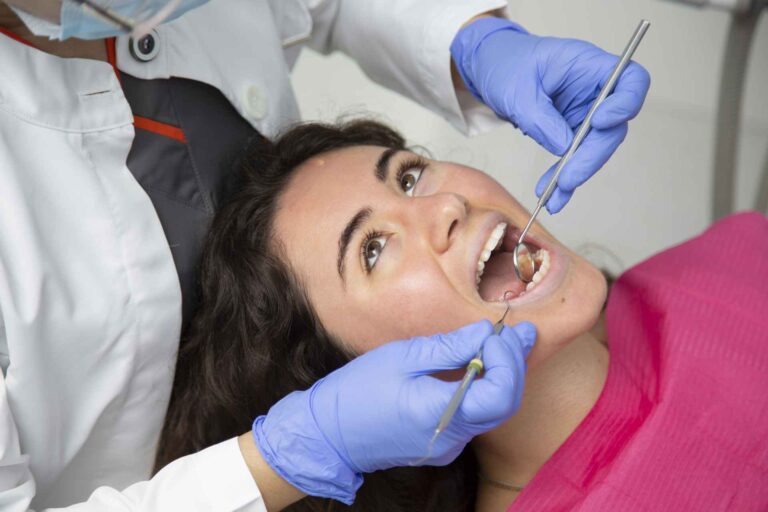
Finally we can talk about some tips that are given in order to extend the useful life of porcelain veneers after they are placed:
- Immediately after the placement of porcelain veneers, you may feel more or less some dental sensitivity, since it has been necessary to wear down the teeth a little. Tooth discomfort or sensitivity is totally normal, but only up to a point. If the discomfort is too much, it is better to bring forward the visit to the dentist.
- The durability of porcelain veneers largely depends on the quality of the material used to make them, and how good the adhesive used to stick them. However, it is recommended not to chew things of a hard consistency (whether they are food or not), to avoid chipping or breaking the veneers.
- Some foods (for example, those that are very acidic, very sugary or very fatty) may not be recommended. It is a good idea to assume a diet that extends the useful life of the veneers. Ask your dentist for advice on this.
- Porcelain veneers do not stain easily. However, this does not mean that, like natural tooth enamel, they cannot be stained. Some habits and foods that can stain porcelain veneers are: smoking, alcoholism, excessive consumption of coffee, tea or related drinks.
- If your bite is even, that promotes the durability of porcelain veneers. However, if it is not even (due to fillings or natural deviation), the dentist should correct your bite, so that the occlusion does not break the veneers.
- The durability of porcelain veneers also depends on the positive periodontal response of the patient. If the patient’s teeth and gums do not adapt well to the veneers, the durability of the veneers is reduced.
Not all of these tips necessarily apply to you. So it is best that you inquire with your specialist about the recommendations he gives you.
References
Cleveland Clinic. (2023). Dental Veneers: Procedure, Benefits, Risks. Retrieved on August 13, 2023, from
Healthline. (2023). Dental Veneers: Procedure, Benefits, and Risks. Retrieved on August 13, 2023, from
PORCELAIN VENEERS MIAMI
Frequently asked questions

How much are veneers in Poland
The cost of veneers in Poland around $350 to $700 per tooth. can vary depending on a number of factors, such as the type of
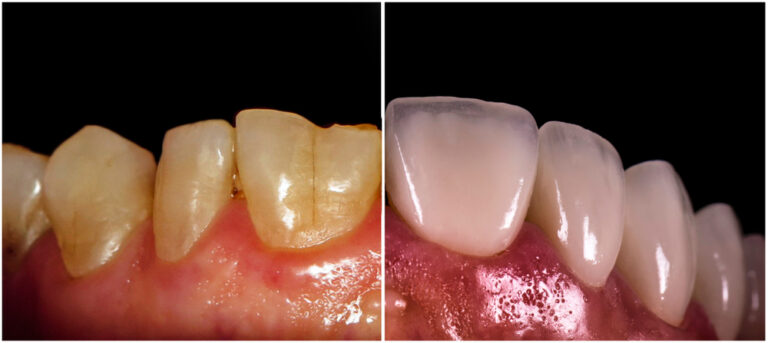
How much do veneers cost in Hawaii
The cost of veneers in Hawaii can vary depending on several factors, including the material used, the number of veneers needed, and the experience of
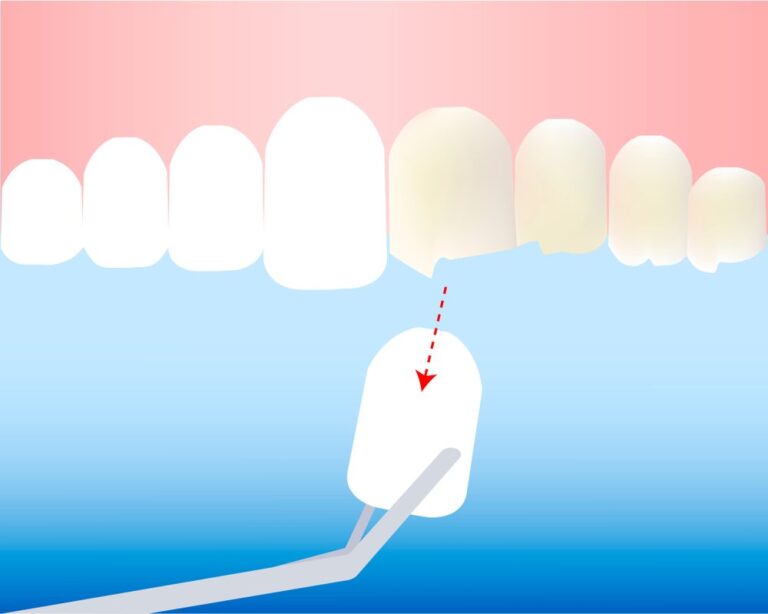
How much are veneers in Ky
The cost of veneers in Kentucky can vary depending on several factors, including the number of veneers needed, the type of material used, and the
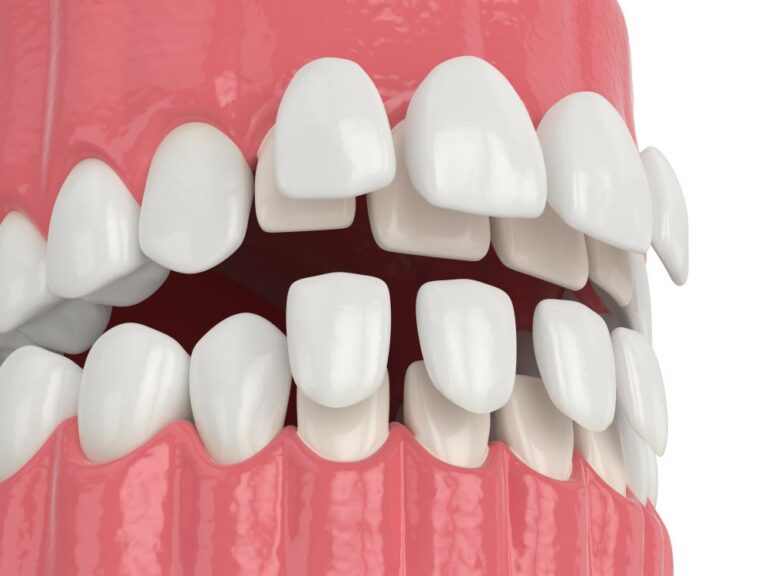
How much do veneers cost Australia
The cost of veneers in Australia can vary depending on the factors mentioned above. However, the average cost of porcelain veneers in Australia ranges from
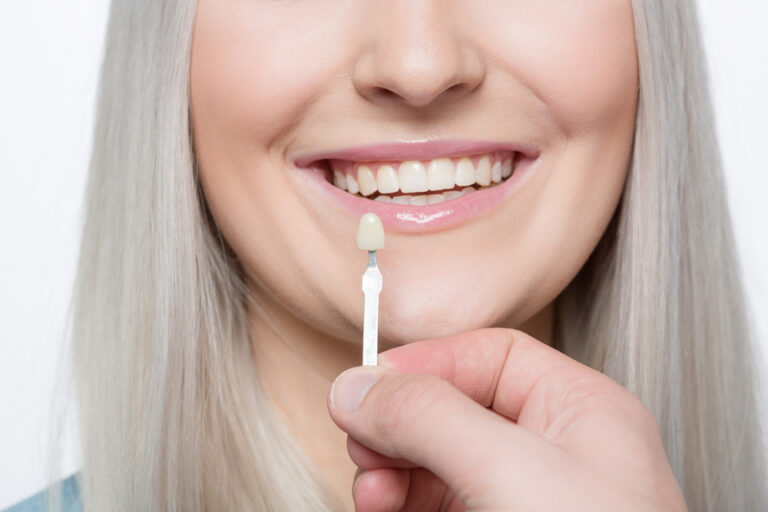
How much are veneers Chicago
The cost of veneers in Chicago can vary depending on several factors, such as the number of teeth being treated, the type of material used,
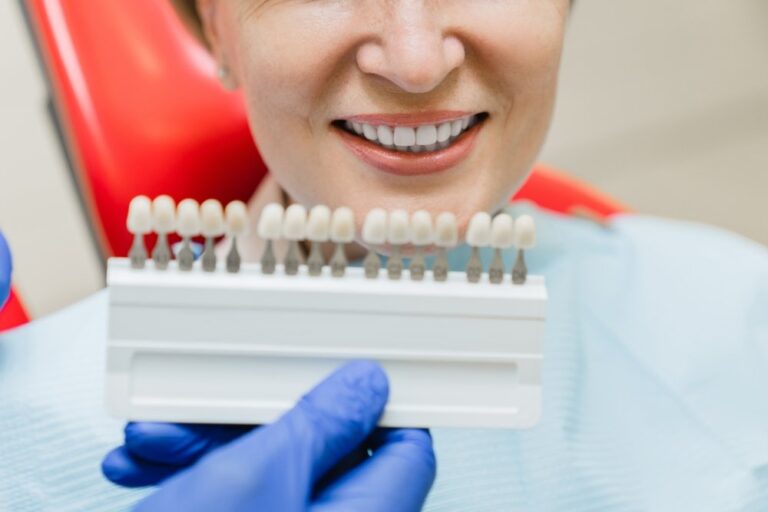
How much are veneers in Thailand
Now that we’ve gone over some of the factors that can affect the cost of veneers in Thailand, let’s talk about how much you can
